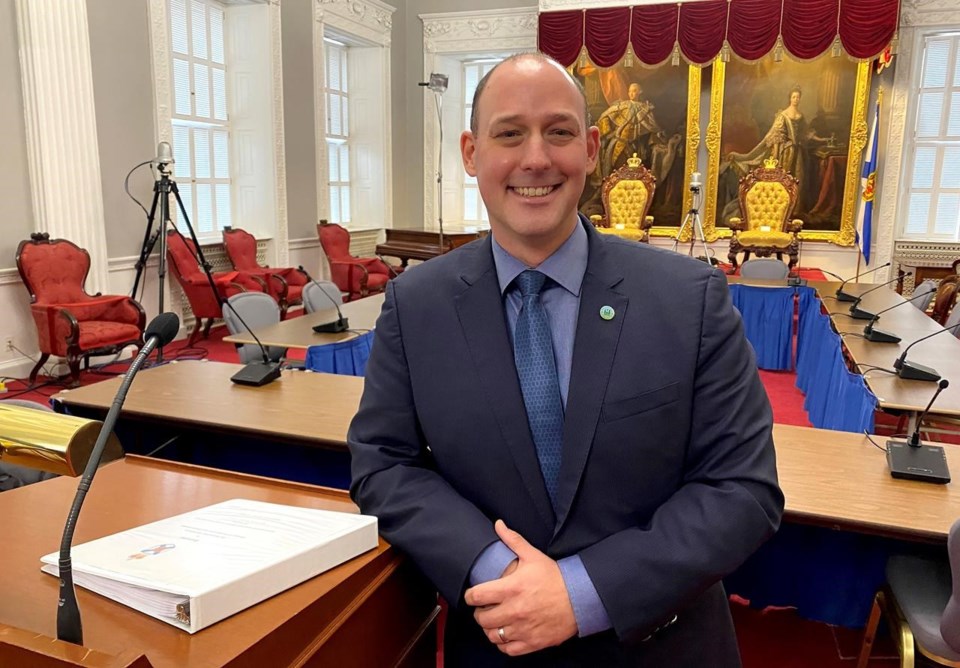HALIFAX — A Nova Scotia judge has upheld the provincial environment minister's approval of a 17-turbine wind farm in the Wentworth Valley.
In a written decision released Wednesday, Nova Scotia Supreme Court Justice Timothy Gabriel ruled that Environment Minister Tim Halman’s decision was reasonable and was based on all of the information he was required to consider.
Halman gave conditional approval to the Higgins Mountain project on May 4 of last year and was subsequently challenged in court by a community group, Project Wentworth Valley.
Gabriel noted that the court’s review of the minister’s approval took into account the fact the minister has been “legislatively entrusted to make the decision in question.”
“This is not to say that the review is a 'rubber stamp' by any means,” wrote Gabriel. “The process remains robust. It is not, however, as some authorities have pointed out, a treasure hunt for error.”
Project Wentworth Valley launched the court case saying it believed Halman didn’t take into account the concerns of area residents. Specifically, it contended that the minister failed to adequately address the wind farm’s impact on mainland moose and the community’s use of the area for outdoor recreation and ecotourism.
But the court decision says Halman considered a 260-page assessment of the project, more than 2,700 pages of scientific and other documents along with public input and information through a consultation with Nova Scotia Mi’kmaq before granting approval.
Gabriel said the community group couched its criticisms of Halman’s decision in terms stating that he failed to “adequately consider” factors under Section 12 of the province’s Environmental Assessment Regulations. The section sets out the information that “shall be” considered by the minister.
The judge explained the group concluded that Halman acted unreasonably in deciding the terms in his decision “would adequately mitigate” the wind farm’s adverse effects on species at risk, including the mainland moose.
“First and with respect, this is nothing more than an attempt to subject the minister to a 'correctness' standard, which … is inapplicable here. The minister is not required to do any more than 'consider' the factors under Section 12.”
Gabriel added that the minister is also not required to measure up to a standard the applicant or anyone else “might consider to be adequate.”
“The applicant has not demonstrated that the minister’s decision, with attached conditions, was an unreasonable one,” the judge concluded. “As a consequence, this application is dismissed.”
In an emailed statement, Halman said he was pleased with a court decision that “speaks for itself” as to the thoroughness of Nova Scotia’s environmental assessment process.
“As the neutral regulator, my job is to protect the environment and ensure our processes are followed,” Halman said. “I take that seriously. Nova Scotians can have confidence in that.”
A representative from Project Wentworth was not immediately available for comment.
The Higgins Mountain project would erect turbines between the communities of Westchester Station, Wentworth Station and Londonderry in north-central Nova Scotia. Construction is expected to begin this year, with the project expected to be operational for 35 years beginning in 2025.
Under the province’s conditional approval, the project must do noise modelling and formulate management plans for water and erosion and for the potential effects on wildlife and birds. A monitoring plan is also required for mainland moose for at least two years.
This report by The Canadian Press was first published Jan. 26, 2024.
Keith Doucette, The Canadian Press



